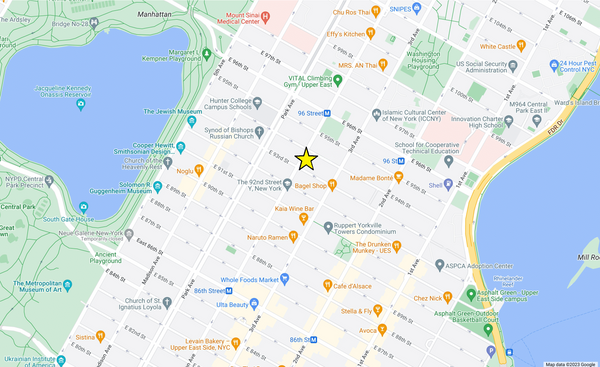OP: La Patisserie de Pierre Herme
In the fourth generation of a family of bakers and confectioners and, at 14, apprentice to Gaston Lenôtre, Pierre Hermé (1961– ) seems to have been destined to become one of the world’s most admired and successful French pastry chefs. By his mid-twenties he had already become the head Pastry Chef at Fauchon, the Parisian gourmet food shop. In 1997, he became the Vice President of Ladurée, and the following year he began opening his own eponymous pastry shops in Paris and Tokyo and, later, across Asia, the Middle East, and Europe. In 2007 President Jacques Chirac honored Hermé’s contribution to French culture with knighthood (Chevalier de la Légion d'honneur).
La Pâtisserie de Pierre Hermé, originally published in 1997, is an exhaustive collection of Hermé’s time heading Fauchon. Known particularly for its delicately assembled cakes and tarts, this work is an essential precursor to his later books focusing on the macaron and chocolate creations with which he is most often associated at his own shops.
While many of these desserts may be adapted for confident, experienced home cooks—and indeed, Dorie Greenspan did so in Desserts by Pierre Hermé—this book is written for professional pastry chefs, who generally have access to a myriad of hard-to-find ingredients, specialized equipment, time, and assistance in their kitchens. A strong understanding of classic French techniques and terminology is assumed. Most items consist of no fewer than six components, some of these with sub-recipes.
One might wish to try a hand at a coconut dacquoise with papaya, lemon, mango mousse, and coconut mousse; or the “Harlequin,” a cherry syrup-steeped génoise with pistachio bavarois, cherry gelée, and ladyfingers; or a pinecone-shaped almond cake with chocolate mousse and “scales.” There are also recipes for such bakery favorites as croissants, kouign-amann, and canneles. Step-by-step photographs throughout, as well as illustrations depicting the intended composition.
Though he is known for innovation in re-working and modernizing classic dishes with new flavor combinations, Hermé’s creations are based on traditional models. As Hermé says in his introduction, “In order to please, pastry-makers do not have to be inventors. Originality can also be expressed through traditional recipes.”
La Pâtisserie de Pierre Hermé, now quite scarce, is a requisite addition to any professional pastry chef’s library. Our copy, a 2003 printing from Spanish publisher Montagud, is written in both French and English and in Near Fine condition, except for a slight tilt to the spine. The dust jacket, lightly dulled from shelfwear, bears a shallow scratch to the rear cover. An attractive volume.

